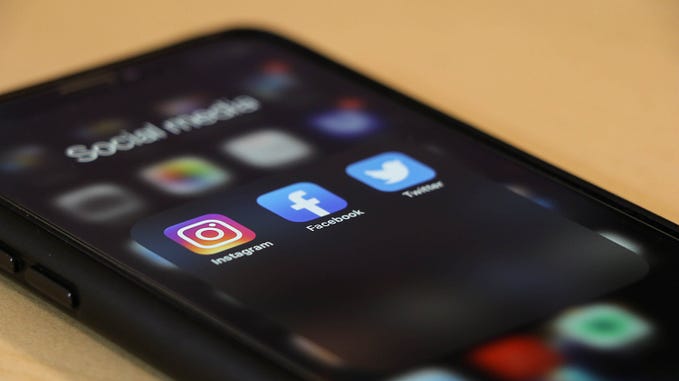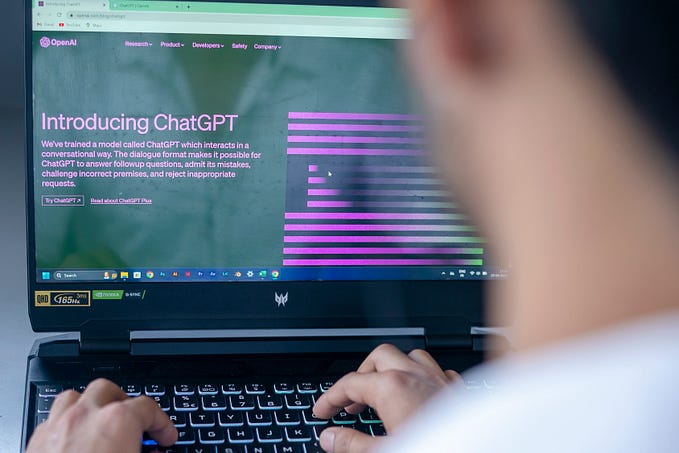How to Write an Effective Newsletter for Your Small Business

Newsletters are a great way to communicate with your customers, help build a community surrounding your business, and strengthen your relationships. A well-managed newsletter is one of the most powerful and effective tools to engage with your customers while promoting your business and positioning yourself as an expert in your industry.
Keeping the lines of communication open and taking the time to build relationships with your customers can help generate leads, sales, and grow your business. According to one report, 44% of email recipients made at least one purchase based on a promotional email, and people who bought products marketed via email spent 138% more than people who did not receive emails.
The first step to a great newsletter is to decide what’s important to your business and choose a smart goal for your newsletter. Use this goal — whether it’s increasing brand awareness, sales, or staying in touch with clients — to construct your entire newsletter, from content to design to strategy.
What to Say
You have the opportunity to share a wide range of information with your customers. While your newsletter is an excellent avenue to share important reminders or promotional events, maintaining a mix of informative, entertaining, and useful material will keep your readers engaged.
- Think of your subject line as a first impression. The first thing a customer will see when they receive your newsletter is the subject line, and it will influence their decision to open the email and read the content, or send it to the trash bin. Your subject line should be to the point and draw your readers in.
- Provide content relevant to your industry. By sending out relevant articles, quick tips, or blog posts you’ve created, you’ll position yourself as an expert in your space to your newsletter subscribers. Creating content your that people actually want to read is a great way to increase brand awareness and promote your business without an overwhelming sales message.
- Do promote any specials, rewards, or other offers your business currently has in place.
- Let people get to know you and your business. Consider highlighting different members of your staff or sharing a behind the scenes look at your operation. You’ll be building your community as your customers have the opportunity to understand and connect with your business better.
- Share information that is seasonal or otherwise timely.
- Provide information on any upcoming events your business is hosting, promoting, or otherwise involved in.
- Make sure your contact information is easy to find! With all of the other content your creating, the simplest tasks are sometimes overlooked. Give your customers a quick and easy way to contact you. Your email, phone number, website, address, and social media information should be easily visible. Make it easy for your readers to reach out, and they probably will.
- Include a call to action. What do you want your customers to do after reading your newsletter? Newsletters aren’t necessarily about getting business right away, but you still want to connect with your readers in some way. Whether it’s reading a blog post, visiting your website, or reaching out for more information, be clear about what you want your readers to do.
When to Say It
One of the biggest challenges you’ll face when creating a newsletter is creating content on a consistent schedule. You need to be able to commit to a regular release schedule and find the time to produce relevant content that your readers will find useful. Whether you opt for a yearly, quarterly, or monthly newsletter, the key is to consistently produce a resource that your subscribers can look forward to receiving and depend on for valuable information.
It can take longer than you think to put together a great newsletter, so give yourself plenty of time to perfect your product before your first issue goes live. If you have time, try to create more content than you need for one newsletter so you can roll some over into the next issue. Set reminders for yourself in your calendar or phone when your newsletter’s launch date is approaching so that the deadline doesn’t sneak up on you.
How to Say It
If you have a marketing or web development person on-staff who is familiar with building newsletters, you’re in good shape. If you’re not quite there yet, email marketing programs can be an extremely cost effective (or even free!) way to access templates and utilize other services to send a newsletter directly to a potential customer’s inbox.
- Focus on quality of content over quantity — it’s much better to have 2 or 3 useful, well-written pieces of content than 4 or 5 that will probably make your reader hit the delete button. Try to include both text and images to break up the reading and keep your subscribers engaged.
- You’ll also want to practice consistency when it comes to the content of your newsletter, in terms of design and messaging. Make sure the design and content of your newsletter matches the rest of your brand as a business.
- Make your newsletter as personal as possible, even though it’s probably going out to people you haven’t met. Consider the different aspects of your newsletter and how you can make it feel personalized to each customer. Use a conversational tone throughout the email so it reads as if you are personally speaking to each potential customer.
Your newsletter can quickly become one of the most powerful tools you have access to, if you use it correctly. Building trust and relationships with new customers can take time, but if you are delivering valuable content on a consistent basis with information they can use, you’ll probably be top of mind when the need for your business arises.









